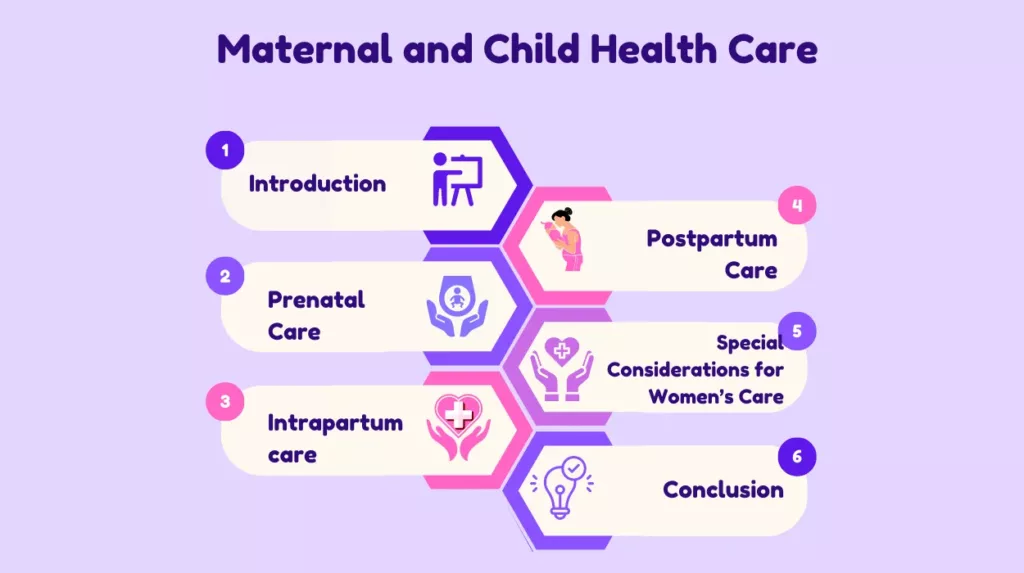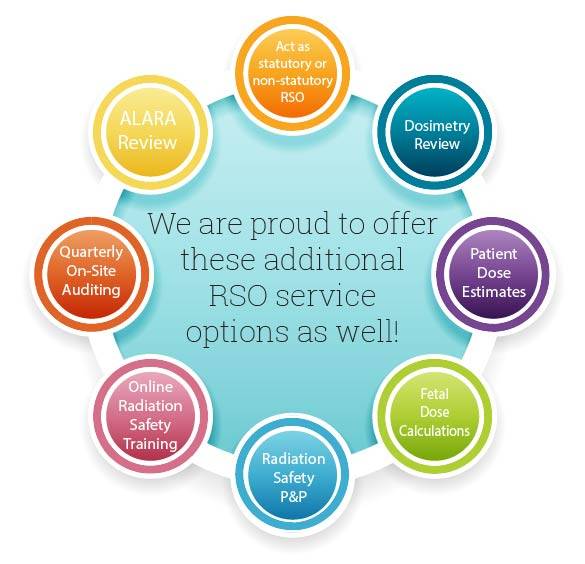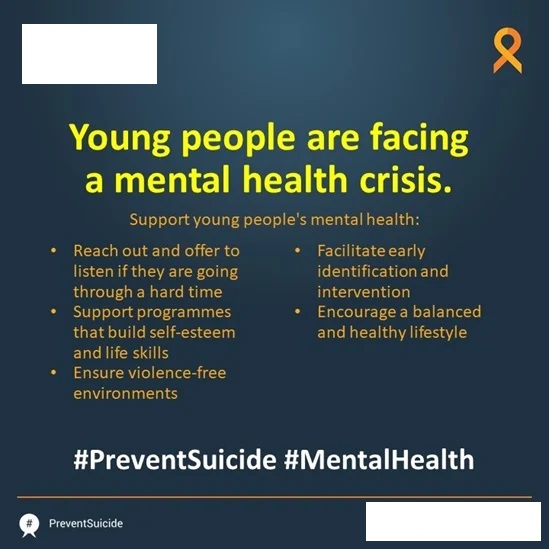Public Health Campaigns for Maternal and Child Health: Success Stories
Maternal and child health is a cornerstone of global public health. Campaigns aimed at improving health outcomes for mothers and children enhance individual well-being and contribute to the socio-economic development of communities. These initiatives often address challenges such as maternal mortality, childhood malnutrition, immunisation gaps, and lack of access to prenatal care. Here, we delve into key success stories that showcase the transformative power of public health campaigns.
1. The Safe Motherhood Initiative
Background: Launched in 1987 by the World Health Organization (WHO) and other stakeholders, this campaign aimed to reduce maternal mortality worldwide by focusing on prenatal care, skilled birth attendants, and emergency obstetric services.
Success Highlights:
- Countries like Sri Lanka integrated the initiative into their healthcare systems, achieving significant reductions in maternal mortality.
- Skilled birth attendance rates increased, ensuring safer deliveries for mothers and newborns.
Key Takeaway: Emphasizing community-based healthcare and training local midwives proved instrumental in improving maternal health outcomes.
2. India’s Mission Indradhanush
Background: Mission Indradhanush, launched in 2014, focused on improving immunization coverage for children and pregnant women in India, particularly in underserved areas.
Success Highlights:
- The initiative increased immunization coverage from 65% to nearly 90% in targeted areas within five years.
- It reached over 20 million children and 5 million pregnant women, reducing the incidence of vaccine-preventable diseases like measles and tetanus.
Key Takeaway: Strong government commitment, targeted outreach, and efficient monitoring were pivotal to this campaign’s success.
3. Brazil’s Family Health Strategy
Background: Initiated in the 1990s, this program aimed to provide comprehensive primary healthcare to families, focusing on maternal and child health.
Success Highlights:
- Child mortality rates in Brazil dropped by over 50% between 1990 and 2015, aligning with Millennium Development Goals.
- Increased prenatal visits and breastfeeding promotion played a key role in improving neonatal outcomes.
Key Takeaway: Investing in community health workers to deliver care directly to households ensured better health education and follow-up.
4. Bangladesh’s Integrated Nutrition Program
Background: Malnutrition in children and pregnant women has long been a challenge in Bangladesh. This program aimed to improve nutrition levels through education and supplementation.
Success Highlights:
- It successfully reduced stunting rates among children by 10% over two decades.
- Community-based interventions such as the distribution of micronutrient supplements and nutrition counseling significantly impacted maternal and child health.
Key Takeaway: Addressing nutrition holistically through education, supplements, and behavior change was a game-changer.
5. Kenya’s Beyond Zero Campaign
Background: Spearheaded by Kenya’s First Lady in 2014, this campaign aimed to reduce maternal and child mortality through mobile clinics and public education.
Success Highlights:
- Mobile clinics brought healthcare to remote areas, enabling prenatal care for women who previously lacked access.
- Over 50 mobile clinics were deployed, impacting thousands of mothers and children.
Key Takeaway: Public-private partnerships and leadership advocacy ensured the campaign’s scalability and sustainability.
6. Rwanda’s Community-Based Health Insurance Scheme
Background: Recognizing the need for affordable healthcare, Rwanda introduced a community-based insurance system that covered maternal and child health services.
Success Highlights:
- Maternal mortality rates dropped from 1,071 per 100,000 live births in 2000 to 203 in 2020.
- Immunization coverage exceeded 90%, preventing countless child deaths.
Key Takeaway: Universal health coverage coupled with accessible maternal care services proved to be a winning strategy.
Lessons Learned from Success Stories
- Community Engagement: Programs that actively involve local communities and leaders have a higher likelihood of success.
- Accessibility: Mobile clinics and outreach programs ensure that healthcare reaches even the most remote areas.
- Comprehensive Care: Addressing both direct (e.g., immunization) and indirect (e.g., nutrition) factors ensures holistic improvements.
- Data-Driven Strategies: Regular monitoring and feedback mechanisms allow campaigns to adapt and maximize impact.
- Policy Support: Strong governmental backing provides the resources and political will necessary for large-scale implementation.
Conclusion
Public health campaigns focusing on maternal and child health continue to save lives and shape healthier communities worldwide. From reducing maternal mortality to improving childhood immunization, these initiatives demonstrate the power of targeted, well-executed interventions. By learning from these success stories, future campaigns can replicate and scale effective strategies to ensure a healthier, more equitable world for mothers and children.











Beauty Fashion
Hello there! This is my first visit to your blog! We are a collection of volunteers and starting a new initiative in a community in the same niche. Your blog provided us valuable information to work on. You have done a marvellous job!